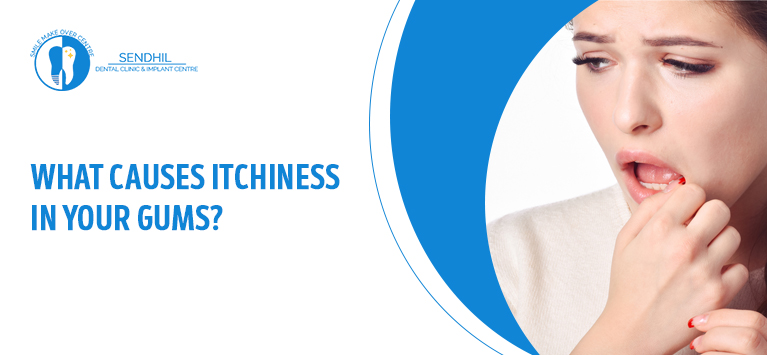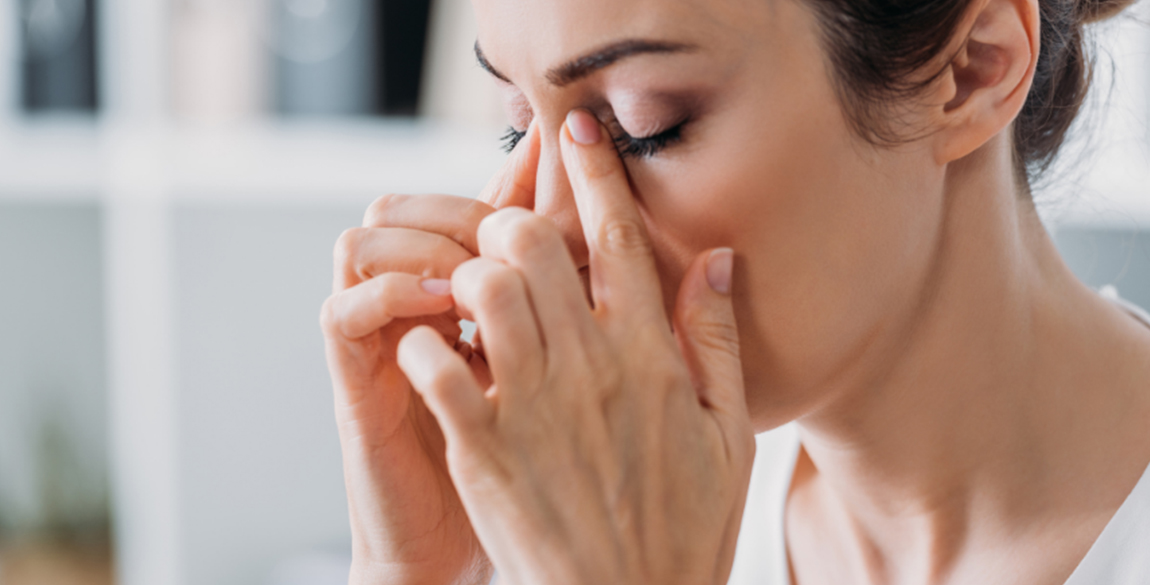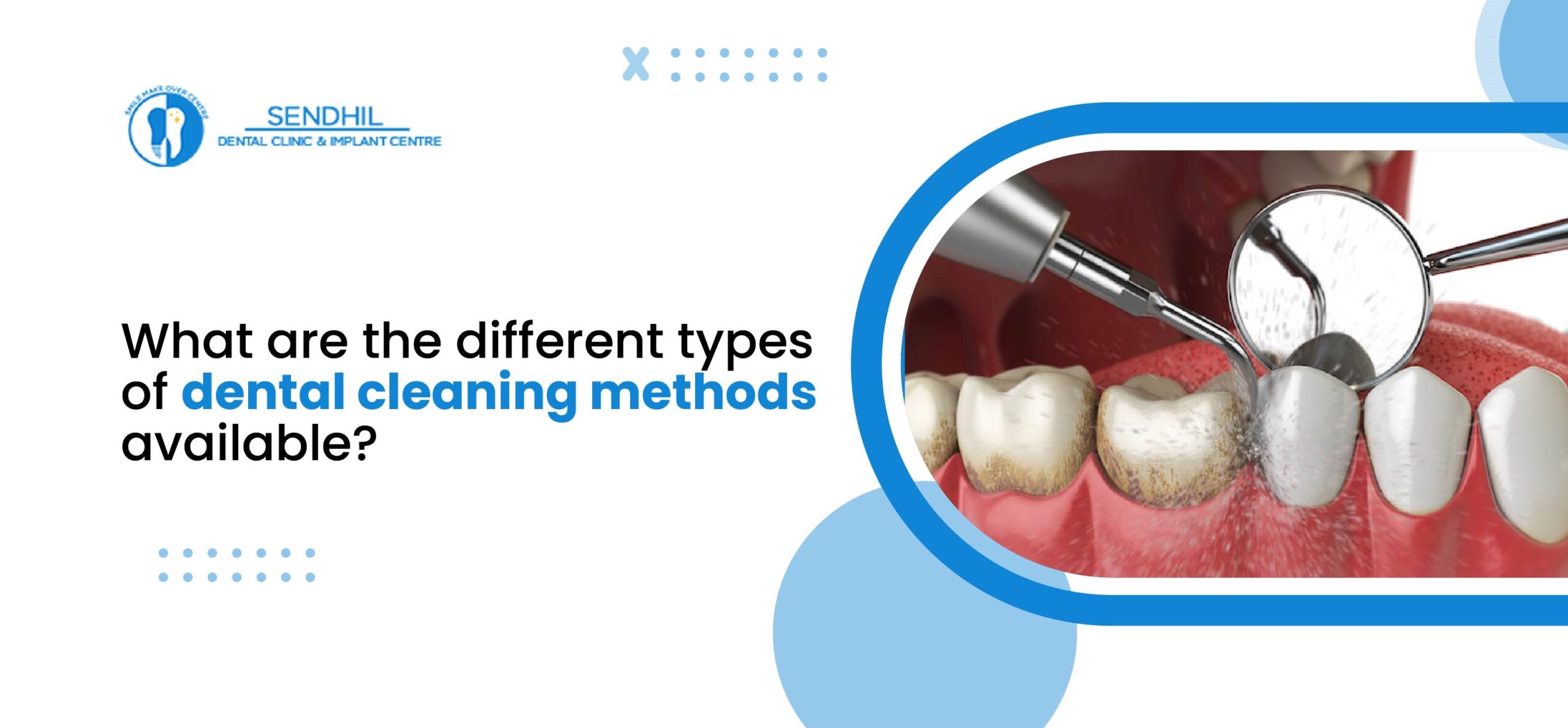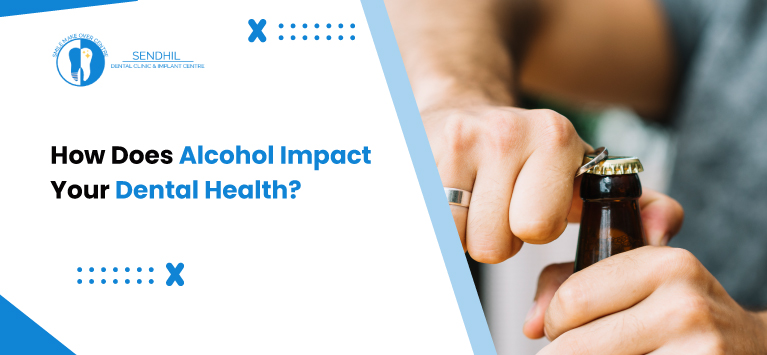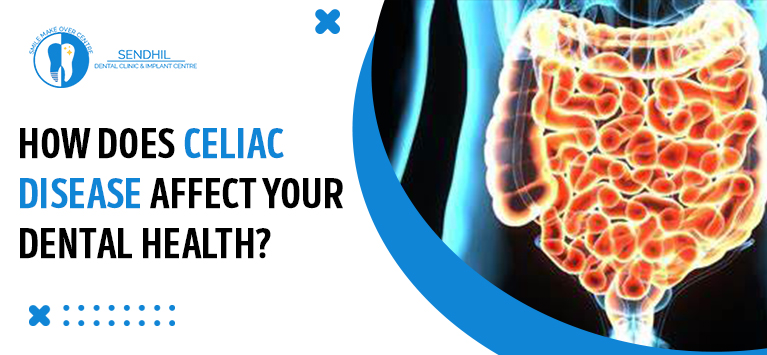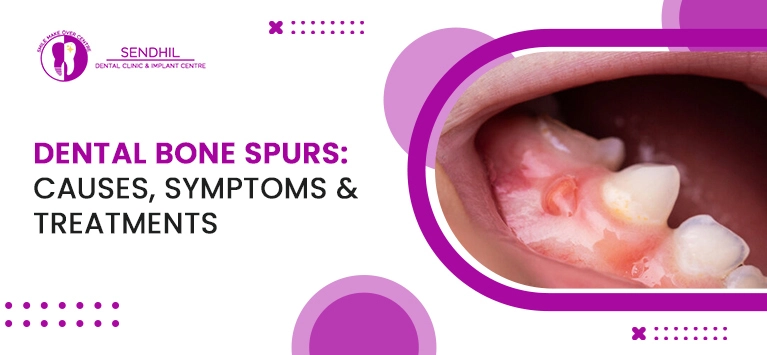Pyorrhea – Causes, Symptoms and Treatment
Pyorrhea also known as Periodontitis, or gum disease, is a common infection that damages the soft tissue and bone supporting the tooth. Without treatment, the alveolar bone around the teeth is slowly and progressively lost. Microorganisms, such as bacteria, stick to the surface of the tooth and in the pockets surrounding the tooth, and they multiply. As the immune system reacts and toxins are released, inflammation occurs.
Untreated periodontitis will eventually result in tooth loss. It may increase the risk of stroke, heart attack, and other health problems. Bacterial plaque, a sticky, colorless membrane that develops over the surface of teeth, is the most common cause of periodontal disease. If plaque it not removed, it can harden to form tartar, or calculus.
Pyorrhea, is caused by bacteria is known as Pyorrhea alveolaris. It mostly occurs in persons over 40 years.
Table of Contents
Symptoms
- Swollen and puffy gums
- Bright red, dusky red, purplish gums or shiny surface
- Bleeding gums
- Bad breath
- Pain during eating
- Tenderness of gums
- Loose teeth
- New spaces will develop between your teeth
- Recession of gums
- Pus discharge
- Pocket formation between tooth and gums
- Bone resorption occurs in advance stages of a disease
- Periodontal abscess
Causes
Pyorrhea is triggered by bacterial activity. A thin layer of harmful bacteria is continuously building upon our teeth which lead to bacterial plaque formation. The removal of plaque can occur by brushing twice a day but the formation of plaque occurs again after taking meals.
Other factors contributing to pyorrhea include chemical irritants in the mouth, incorrect brushing technique, stagnation of food particles, and improper use of toothpicks. Poor oral hygiene is the main cause of pyorrhoea in addition to indigestion and hyperacidity. Ongoing gum inflammation can cause periodontitis, eventually causing pockets to develop between your gums and teeth which fills with plaque, calculus, and bacteria. Within time, these periodontal pockets become deeper and bacteria start producing toxic products. If not treated, these deep infections cause a loss of tissue and bone, and ultimately loss of teeth occurs.
Treatment
1) Oral hygiene practices
Your dentist will give you instructions on how to reduce the number of bacteria in your mouth, which involves keeping your teeth and gums clean and will advice on how to use tooth brushes and dental floss properly, and may recommend other oral hygiene products like a water pick or mouthwash.
2) Professional cleanings
During a professional cleaning, your dentist will remove plaque buildup and tartar from your teeth and their roots, and then polish your teeth and treat them with fluoride. Any periodontal pockets that have formed could require deep cleaning to enable healing. A deep-cleaning method called scaling and root planing will help scrape off tartar and also remove any rough spots on the tooth root where bacteria tend to gather.
3) Antibiotics
In some cases, your dentist will prescribe antibiotics to help with persistent gum infections that haven’t responded to cleanings. The antibiotic might be in the form of a mouthwash, gel, or an oral tablet or capsule. Your dentist will want to follow up with you after a few weeks, and then about every three to six months after that to assess your progress. If periodontal pockets are still present, they may recommend other treatment options, like surgery.
4) Surgery
If inflammation persists in sites that are inaccessible to brushing and flossing, your dentist may recommend a surgical procedure called flap surgery to clean deposits under your gums. Under anaesthesia, your gums are lifted away and the roots of your teeth cleaned. Your gums are then sutured (stitched) back into place.


